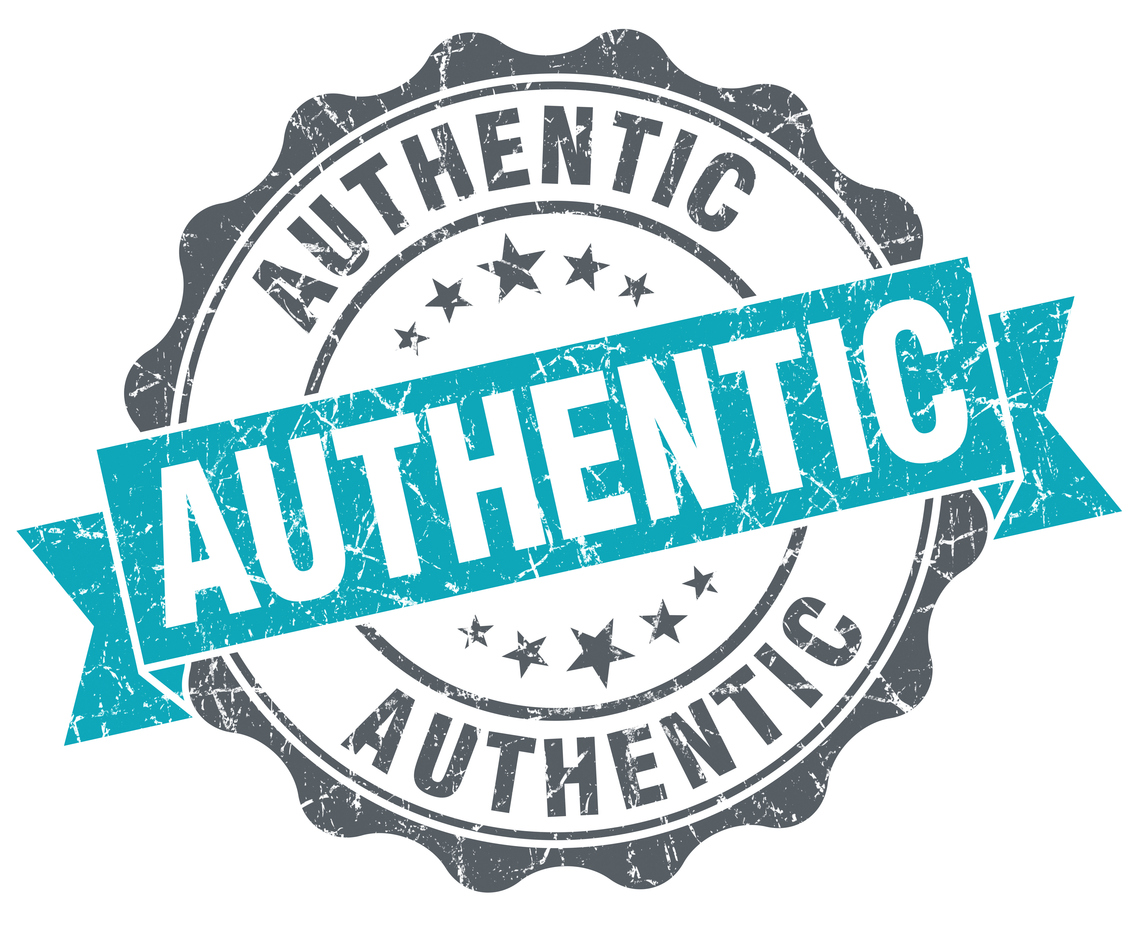If B2B brands can learn anything from the rancorous 2016 Presidential campaign, it’s this: authenticity reigns – even if politically incorrect.
In the late hours of election night, with many states still “too-close-to-call”, American voters were interviewed by broadcast journalists on live TV. An NBC correspondent asked one female Trump supporter why she voted for the candidate, considering he was caught on tape objectifying women. Her response was along the lines of: “I might not agree with what was said, but I prefer to have a President who’s not afraid to speak the truth. I trust someone who says what they think.”
Whether you agree or disagree with her vote, the point is: authenticity positively impacts likability. It’s a linear correlation.
Like politicians, brands that are human are rewarded. The concept isn’t new. Heightened emphasis has been placed on humanizing brands since the arrival of social media. But the recent campaign should serve as a wake-up call to brands to ask:
Are we doing enough to create emotional appeal?
Reality: Most B2B brands fail at being human. They’re afraid to offend, so they play it too safe. But trying to make everyone happy means risking resonating with no one.
It’s time for brands to get real. Here are a few tips for creating an authentic brand:
- Be transparent. Why do you do what you do? Make your vision known. Be consistently clear about who you are and what you do best – and make sure your actions follow through.
- Take a stance. Don’t be afraid to comment on important industry issues that impact your customers. Why? First, people will be seeking insight and information from brands they trust. Second, hot topics get a lot of attention. I’ve seen too many B2B brands shy away from industry issues that are potentially polarizing or controversial. Don’t be scared off too easily. There’s always a way to comment on an issue without expressing an opinion or choosing a side. Be the brand that helps people sort through the facts. Think of your brand as the political commentator charged with covering the election without expressing personal opinions.
- Let people behind the curtain. Don’t just talk about what your product does, tell the story about how/why it was invented. In your blog posts and press stories, bring forward the people who made your products and services possible, and work every day to make them better. After all, it’s the people who make your brand human. Let your employees’ passion and commitment show. It will pay dividends.
- Keep legal opinions in check. This is probably the most important advice I can give: Respectfully, don’t give legal too much control over marketing content. Your legal department’s job is to mitigate risks associated with claims and regulated matters – not to direct brand or marketing strategy or content. So, defend your vision and don’t be a pushover. In the majority of cases, it’s possible to get the same message across without including claims that tread into dangerous waters. Sometimes, you’ve simply got to be crafty. For example, find a third party who is willing and able to share opinions that support the message you want to get out, but can’t say yourself.
- Embrace humor. Humor has proven to be an effective way to stand out and generate brand awareness, even in B2B. It gives your brand personality and allows you to connect with your customers. Plus, it’s contagious; people want to share it with others. So, smile. Laugh. Tell a joke. Bottom line: don’t take yourself too seriously. Humor is one area where legal likes to have influence. However, a very wise corporate branding leader of a Fortune 100 company, also an Inprela client, recently reminded his marketing leadership that humor is not regulated. While legal can express opinions about tone, it’s not their job to set the tone.
- Use conversational tone. Remember, internal content is internal for a reason. Your value propositions and product spec sheets are not meant for primetime. Furthermore, when was the last time you got excited about something that read: “Company X, today, introduced Y”? Loosen up, pal. Nobody talks like that! Instead of using stiff and robotic corporate speak that defined marketing of the past, write the story the way you’d tell your friend about it [without the “ums” and “likes,” of course].
It may seem intimidating to try and execute all of these best practices at once. But don’t lose hope. Strong marketing leaders who keep their vision and goals in focus can move the needle and earn dividends for their brands.



